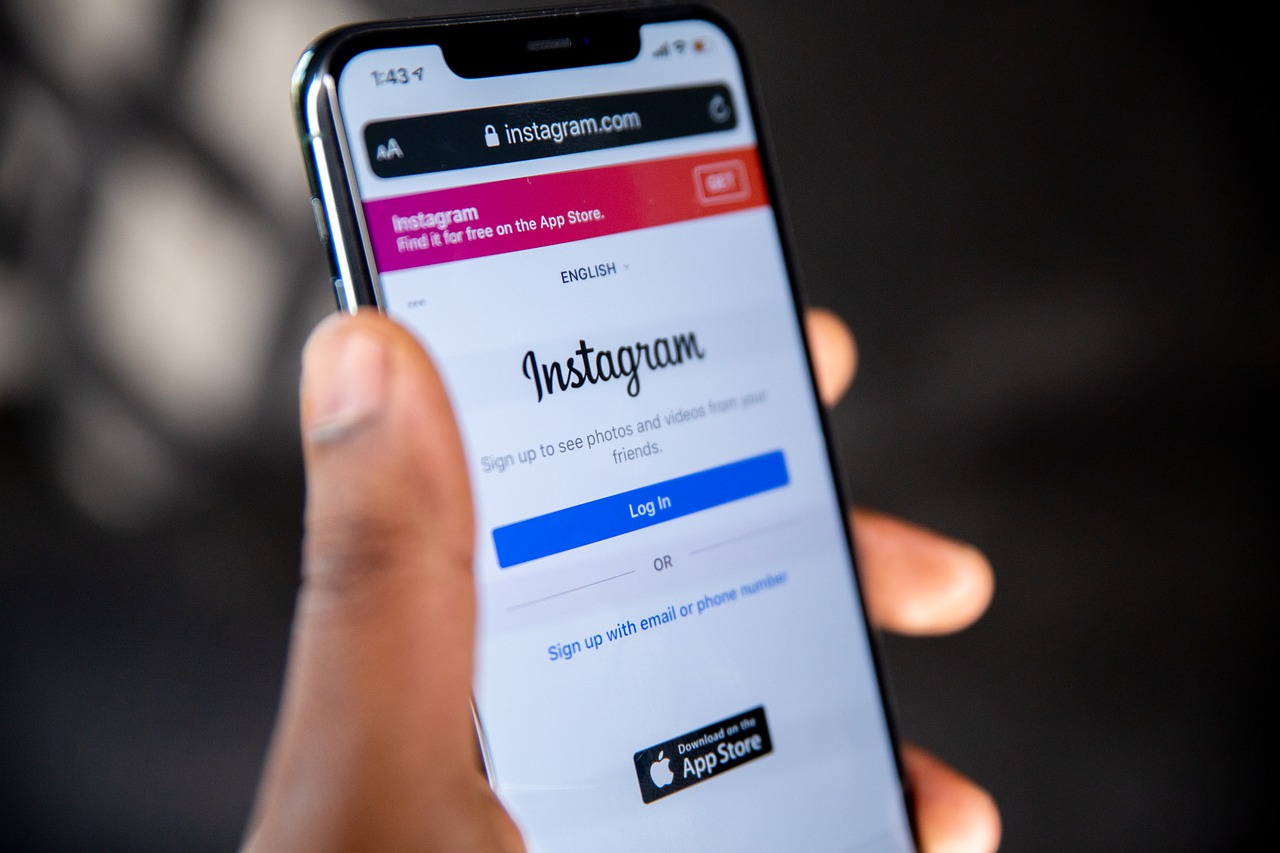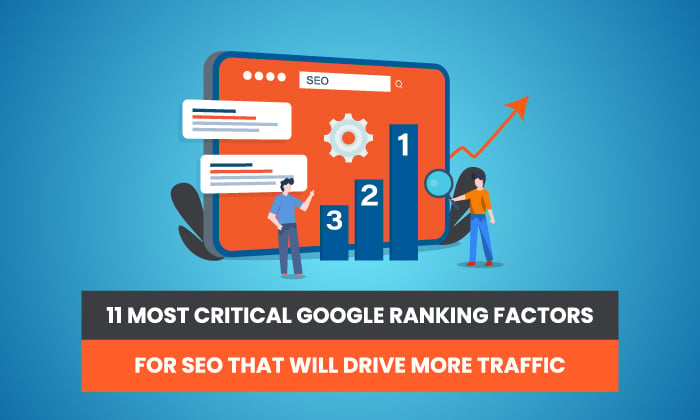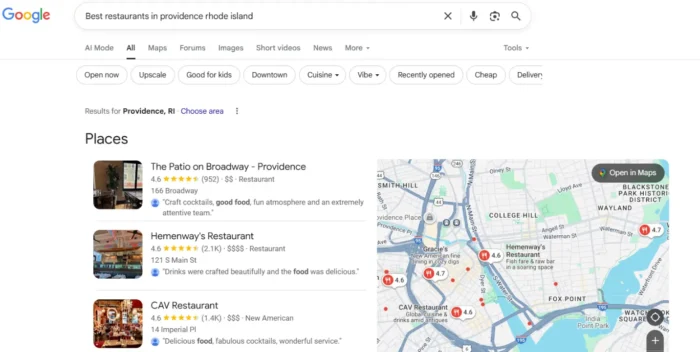What Is IMC? Integrated Marketing Communications Explained
One can easily get lost in what it entails, though. Some universities even offer degrees in marketing communications. On top of that, there are now more media and marketing channels than ever before. But don’t worry, we’ll only focus...
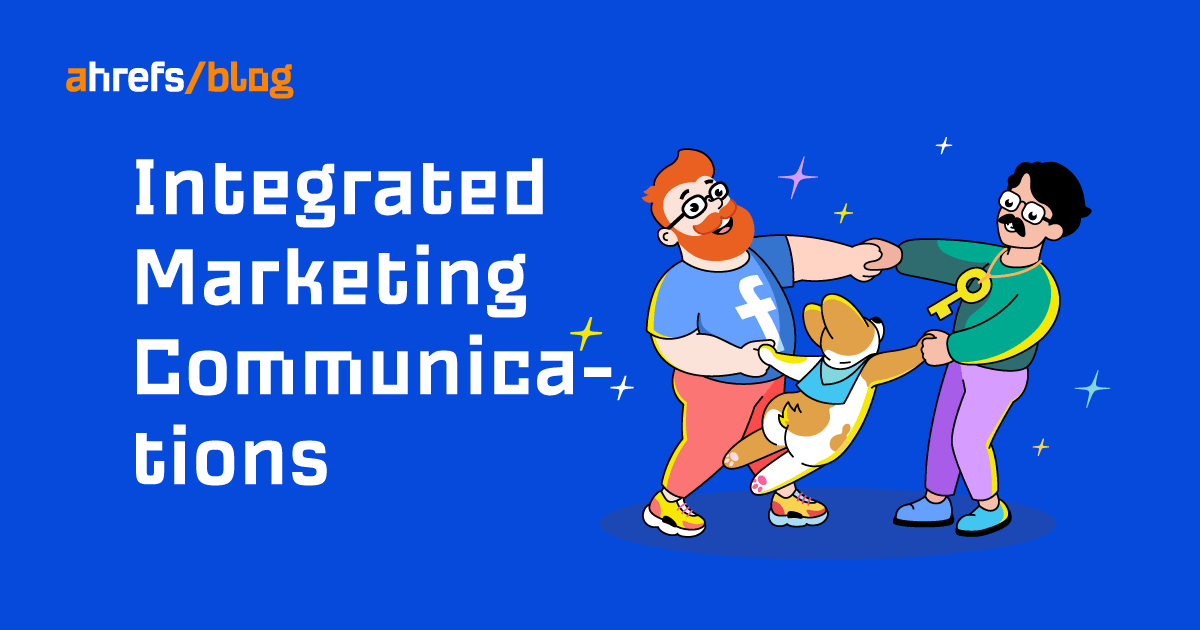
Integrated marketing communications is a requirement for long-term marketing success. The effectiveness of all your marketing campaigns largely depends on it. One can easily get lost in what it entails, though. Some universities even offer degrees in marketing communications. On top of that, there are now more media and marketing channels than ever before. But don’t worry, we’ll only focus on the most important aspects of integrated marketing communications. In this article, we’ll go through the following: Let’s start with a proper definition. Integrated marketing communications (IMC) is the process of unifying a brand’s messaging to make it consistent across all media that the brand uses to reach its target audience. It’s a strategic approach that guides communication and tactics used across all marketing channels. Every organization uses multiple channels to communicate with its audiences. We’ve come a long way from having a relatively small number of “traditional” channels like TV, radio, newspapers, out-of-home advertising, and mailboxes. In today’s digital world, it can get difficult to keep track of all the media you can reach your potential customers with. Focusing on multiple marketing channels at once is a necessity for many companies. This omnichannel marketing requires a strategic approach to make it all work together toward achieving marketing objectives. This is when IMC comes into play. There are four main reasons why IMC is important: Let’s expand on each point a bit more. Some of the research findings included may even change the way you look at marketing. The next time you buy something, think about when you first heard of the brand of the product, the product itself, and how you arrived at the decision to make the purchase. Besides commodities, chances are that you’ll not buy a product the first time you see it. You usually go through a whole buying journey that may be done from start to finish on the same day (clothes) but can also span several years (cars): This is related to the marketing funnel. It’s a model that depicts how people become customers—from first learning about the brand to making the purchase: In principle, increasing your customer base is straightforward: get as many people to the top of the funnel as possible and minimize the leaks between stages of the funnel. The way you achieve that is, of course, much more complicated (otherwise we marketers wouldn’t have jobs). But one thing is certain. Communicating in a consistent and recognizable way across all your marketing channels creates a smooth customer journey throughout the whole marketing funnel. You ideally want to build on the product and brand associations you create in the Awareness stage and guide the potential customers further down the funnel. This is what IMC largely contributes to. Take Wise, for example. No matter when and how you encounter its communications, that will always revolve around the company promising the best exchange rates and no hidden fees for its money transfer and exchange services. This is all accompanied by blue, its brand color. Here’s an excerpt from one of its top-of-the-funnel organic search landing pages: Then we have an example of its PR campaign: And lastly, here are a few of its most visited PPC search ads that people can encounter further down the funnel in the U.K.: Sidenote. Consistency is one of the four Cs of IMC introduced by David Pickton and Amanda Broderick in 2001 in their book, “Integrated Marketing Communications.” The other Cs stand for coherence, complementary, and continuity. I’m covering the four Cs of the IMC model here in this article, but I refuse to refer to them as such. That’s because there’s already a more famous four Cs marketing model that refers to the marketing mix. Just be aware of the ambiguity of the four Cs. Let me expand on some of the previously mentioned points. Communicating in a consistent and recognizable way is a big part of brand-building. You want people to join the dots between all your campaigns to build and strengthen the set of associations they have with your brand. It should now be obvious that you should strive to deliver the right message at the right time. But the key to brand-building lies in accompanying all your communications with brand codes to increase distinctiveness. A brand code, or distinctive asset, is anything that you consistently use in your communications. See how this intertwines with IMC? Codifying your communications should be part of integrating it. That way, you can better link together all your campaigns, maintain salience, and bolster your brand image. The most common brand code is a logo. Every company has one. The logo alone doesn’t cut it, though. Most companies also have certain visual styles, but that’s about it. You should strive to have three to five brand codes in total. At Ahrefs, besides our logo and the color blue, we also have two more brand codes. The first is our custom font: The second is our bearded guy mascot, who’s often accompanied by a corgi. You may have noticed them in the header image of this article: If not, here they are again: One last point is regarding brand codes and IMC. When you start to think that you’re pushing the codes into your communications too much, codify even more. As marketers, we perceive this differently from the target audience. What’s overwhelming for us may just be the threshold for people consistently noticing the codes. IMC makes you rethink what marketing channels you’re on and how you use them. There are now myriads of ways to reach people online and offline. But let’s face it: Unless you’re selling products to the mass market, you should be rather picky with your choices. You can’t likely do much with an industrial B2B product on TikTok, and it is hard to integrate that with the rest of your communication channels. On the other hand, you should strive to have a great presence on all the relevant channels and media. Research suggests the more media channels in the mix, the more effective the campaign is likely to be. I know. It’s easier said than done, given the limited resources in every company. Speaking of resources… Generally, the most ideal approach to integrating your communications is to spend 60% of your budget on the brand-building part and the remaining 40% on uplifting sales. This is based on one of the most insightful and valuable marketing researches of the past two decades: Your marketing channels mix should reflect the approximate 60:40 ratio. Some are more suitable for brand-building (TV, billboards, YouTube ads), while others are better for sales activation (search ads, remarketing ads). There will be overlaps in the purpose of many channels too, so don’t worry about trying to be accurate here. When you do communication right, marketing channels have the ability to make each other more powerful as your company grows. This concept of “marketing flywheel” was popularized by Rand Fishkin, and the best way to explain it in detail is to show you one of the flywheel diagrams: As long as your marketing channels are properly integrated, you can rely on this flywheel effect. Ahrefs is proof of that. The main marketing driver behind our growth is the long-term, compounding effect of word-of-mouth marketing combined with SEO and content marketing. Enough theory. Let’s take a look at three specific examples of well-integrated marketing communications in practice. There are not many companies like Patagonia, a brand that reflects core values in its communications and actions. Patagonia constantly succeeds in making the point that it cares about the planet and sustainability. This was its Black Friday ad, for example: It sometimes goes way beyond anyone’s expectations, such as cutting off one of its main marketing channels for good: Patagonia stopped all paid advertising on Facebook platforms in June 2020 because they spread hate speech and misinformation about climate change and our democracy. We continue to stand by that boycott 16 months later. This directly affects its business and goes against the practice of utilizing as many suitable marketing channels as possible. But this may be balanced by the reinforcing of its brand image and it staying true to the company values. If that’s not enough, the company even gets political at times. Patagonia sued former President Donald Trump’s administration to support its environmental causes with this: I don’t know how this activism affected sales, but one thing is clear: Patagonia is consistent and believable in what it stands for. You can’t say that about many other companies promoting a “higher good.” Just recall some controversial Pepsi or Gillette ads. Remember the part about codifying what you put out into the world to the point where it seems exceedingly overwhelming to you? Sephora does a great job at maximizing the exposure of its distinctive assets. First of all, it has a carefully selected palette of brand codes: Sephora utilizes its name, the curved “S” logo (some people refer to it as “flame”), black and white stripes, and the color red as a contrasting element. These are simple yet effective when you look at the brand’s communications. Here’s one of its sales activation FB ads running at the time of me writing this article: Basically, when the target audience sees a cosmetic ad that’s black and white with some red elements, Sephora is most likely what comes to mind for most of them—and they may not even need to check the ad’s details. But I think Sephora’s real-life presence is even better (from a communications and branding perspective). Its store design is a branding masterpiece: Then you can see its customers walking around with this: Yes, even a simple paper bag can be a tool that you can integrate with your communication strategy. To wrap this up, here’s a good celebration and summary of its brand codes usage in a rather unusual ad format: It would be hypocritical to sell you the idea of implementing IMC if we didn’t adhere to its principles ourselves. So here’s an example based on our own approach to marketing and communications. Ahrefs is a product-led B2B SaaS company. We didn’t have a single dedicated marketing team member in the first four years of our existence. We still don’t have a sales team despite being a $100M+ ARR company. The value of our SEO product is the main driver behind our growth. We now have solid marketing operations in place, but the focus is still on the product. We don’t shy away from communicating this focus on our product even in somewhat unusual ways: Nevertheless, the most important part of our communications is product-led content. Browse through our blog, watch our YouTube videos, and check out our social media posts. You’ll encounter countless ways of our product naturally being part of the conversation: Talking about SEO and showing Ahrefs’ interface as a natural part of discussing multiple ways to reduce customer acquisition cost. This YouTube comment on one of our videos perfectly sums up what we’re going for: We even have our own private community (made up of our customers) that gets to learn about all the news first: But rest assured. This information then gets shared on all the other distribution channels mentioned earlier. If I have to summarize the essence of IMC and its best practices, I’ll do so with these four points: Basically, if you have a good marketing strategy based on solid market research, you’ll be great at IMC without even knowing you do IMC. Got any questions? Ping me on Twitter.1. Need for consistency throughout the whole customer journey

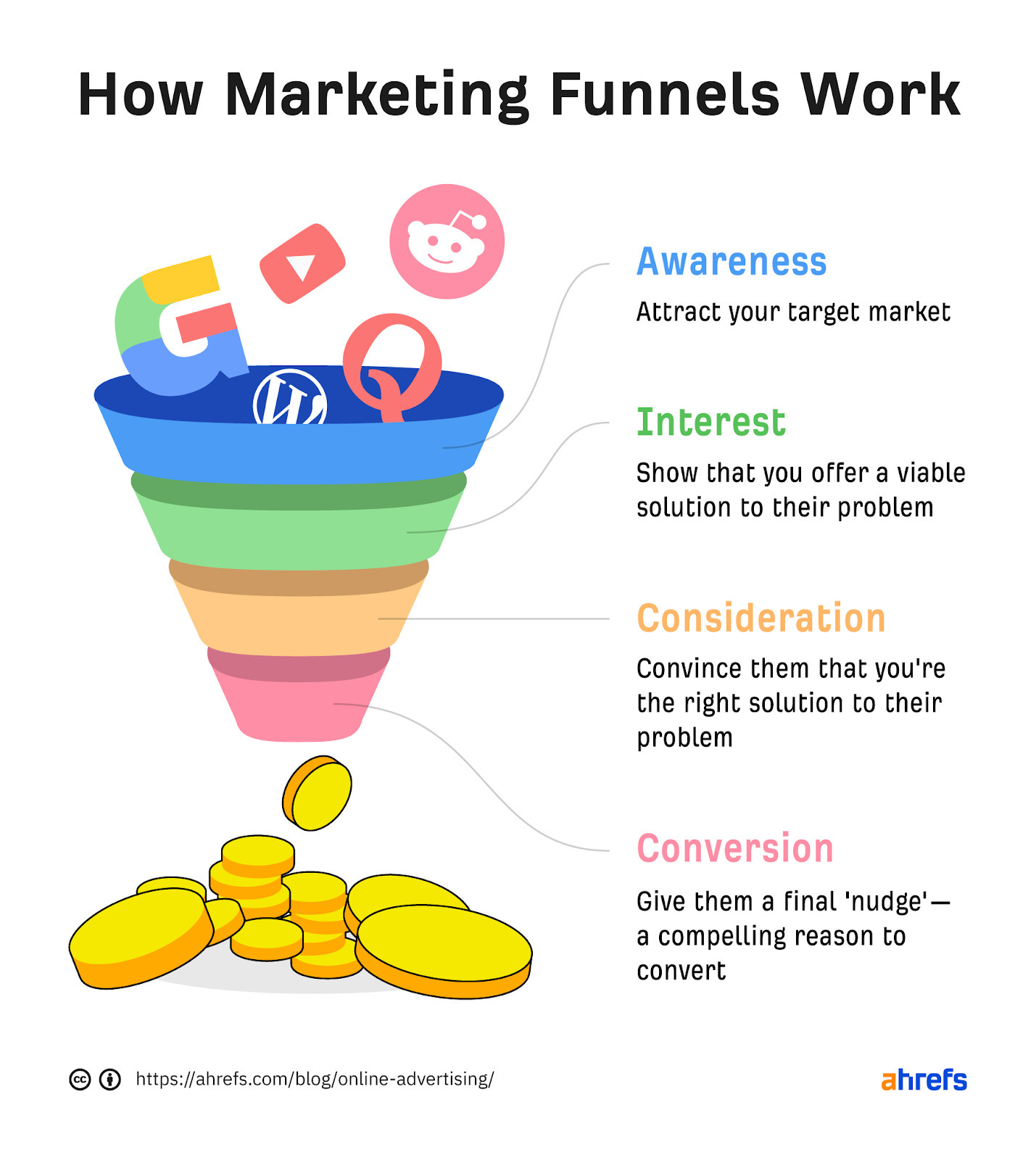

2. IMC helps with brand-building


3. Properly using right mix of marketing channels helps boost campaign effectiveness
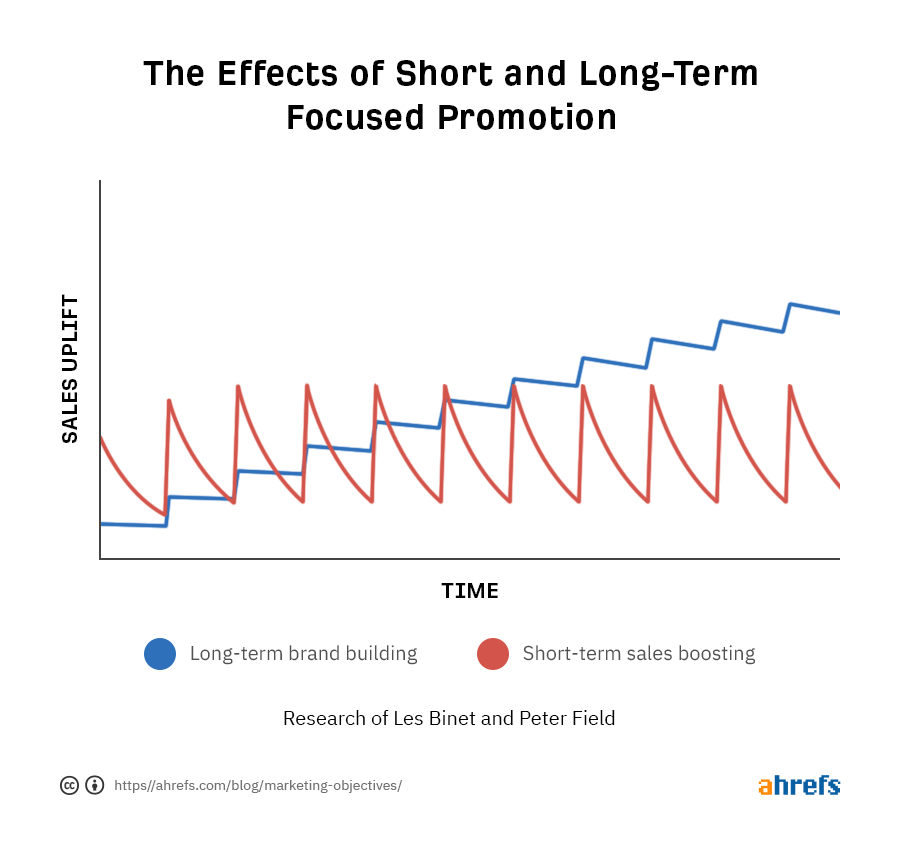
4. IMC contributes to marketing channels reinforcing each other
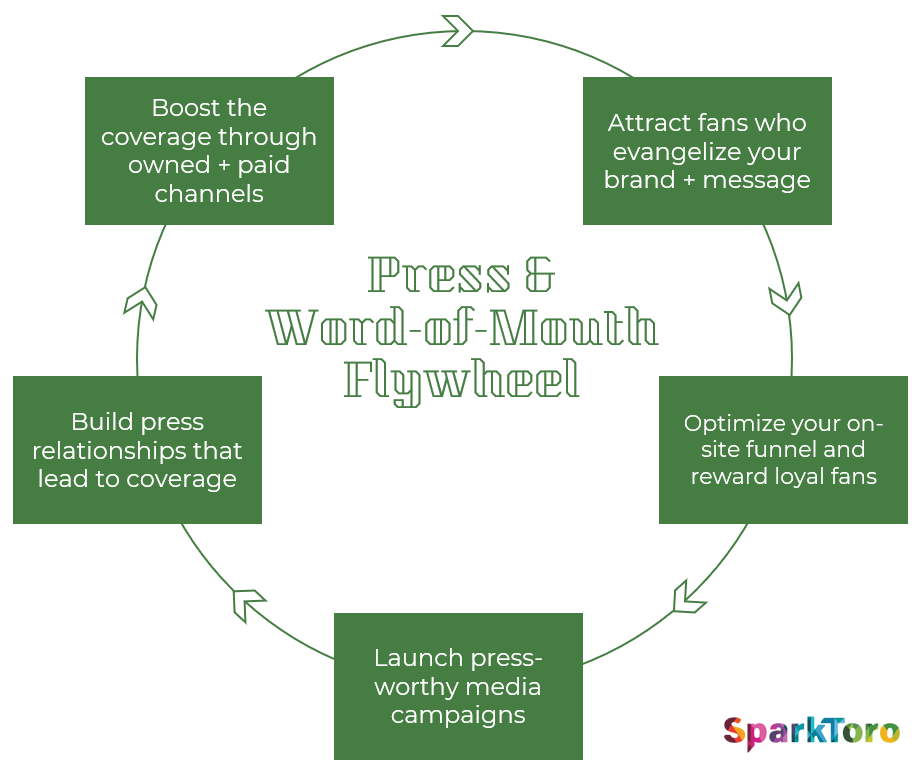
Patagonia – Reflecting what it stands for

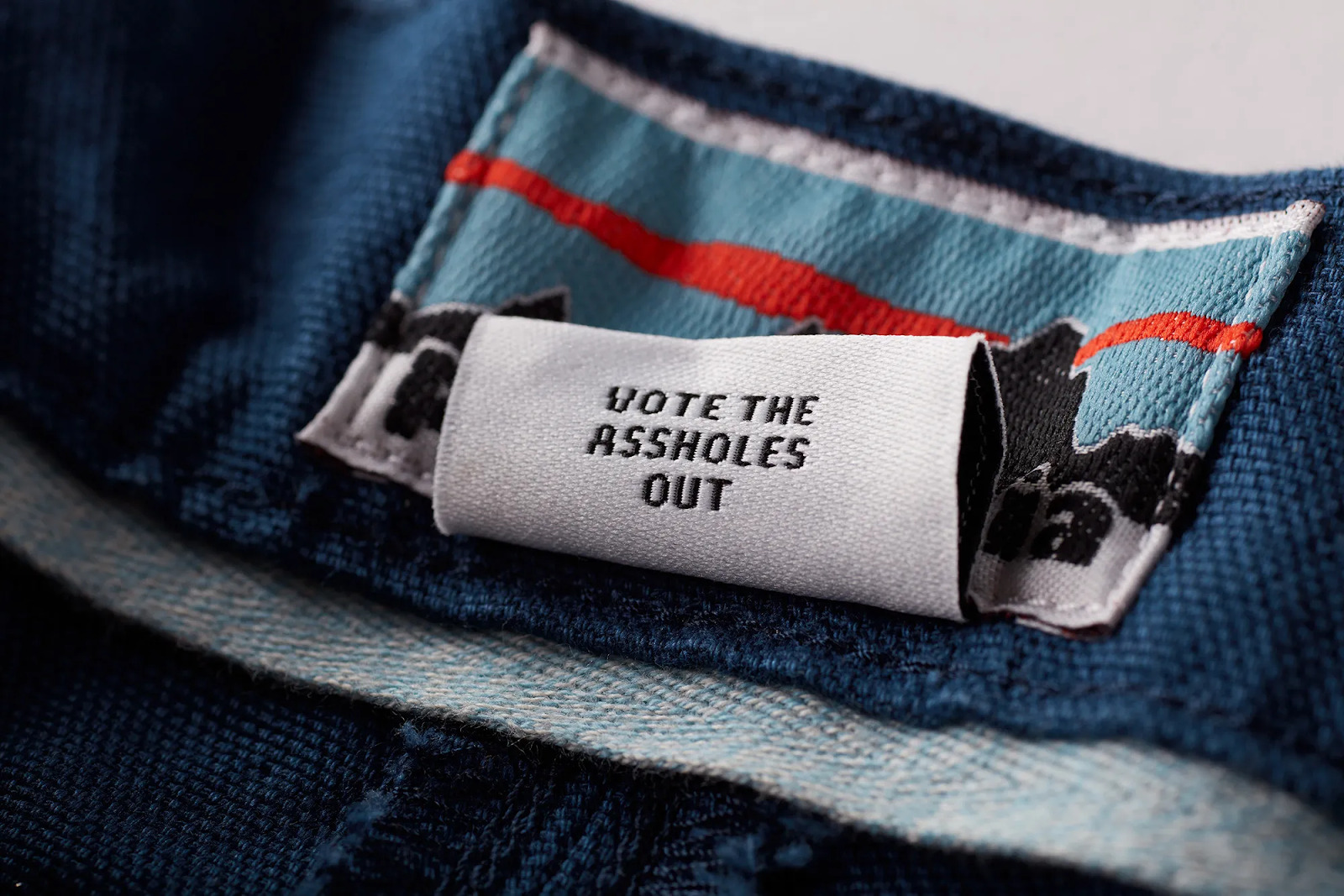
Sephora – Masterclass in codifying communications

Ahrefs – Everything revolves around the product

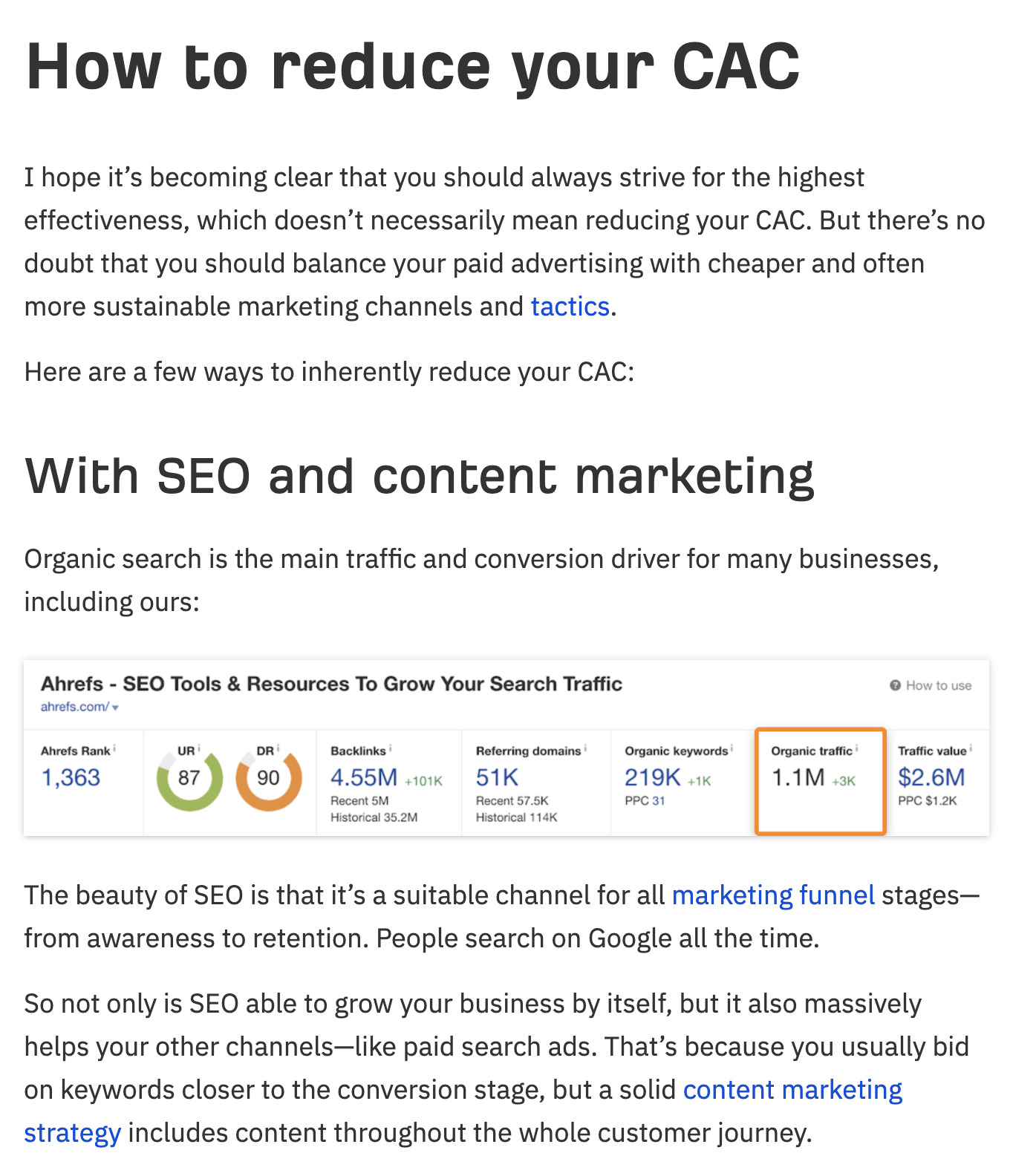


Final thoughts

 Koichiko
Koichiko 







